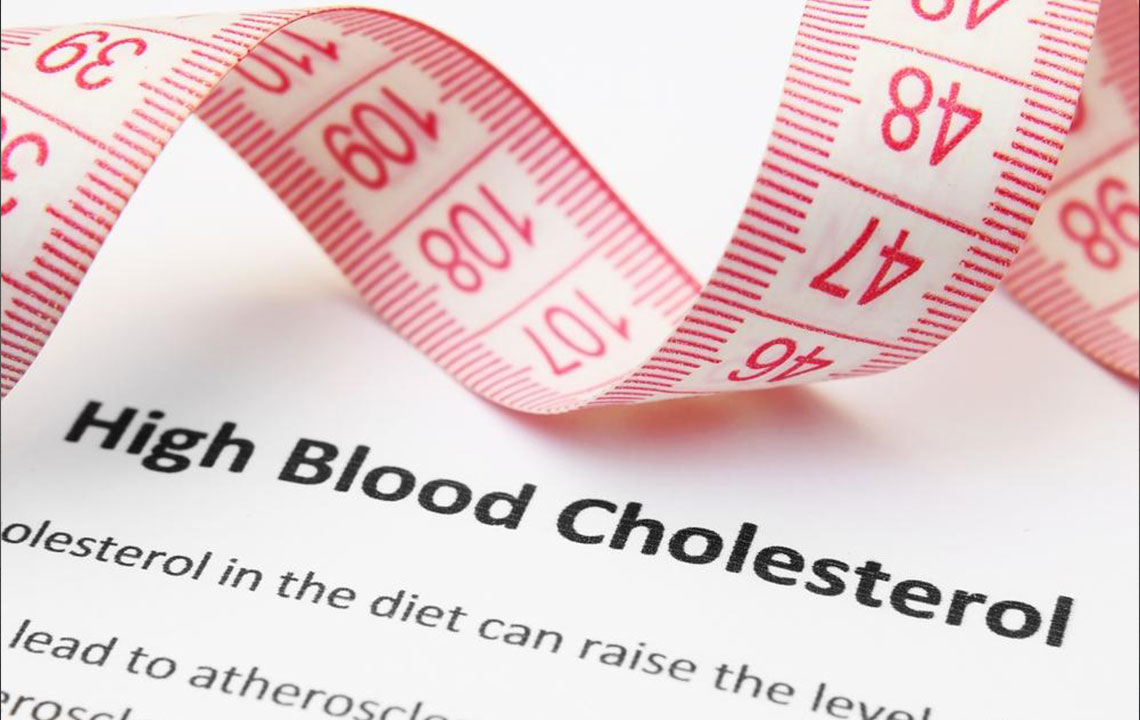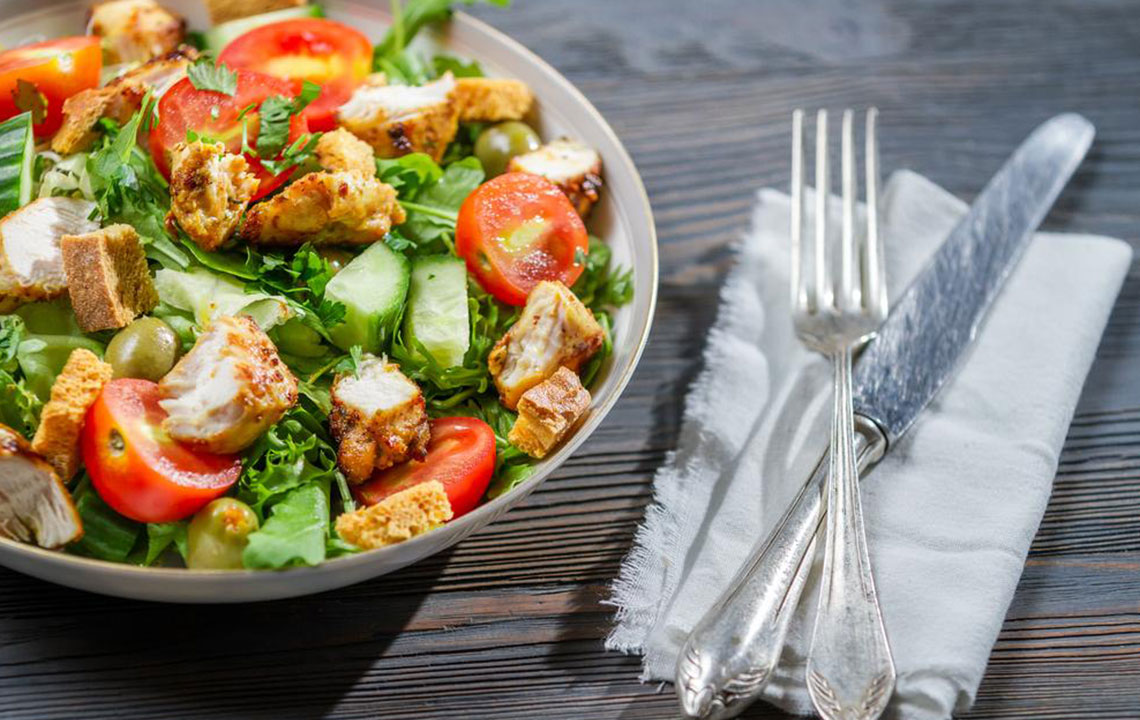Understanding Healthy Cholesterol Levels and How to Manage Them
This article explains healthy cholesterol levels, how to measure them, and effective lifestyle modifications to maintain optimal lipid profiles. It covers the importance of diet, exercise, weight management, and other strategies critical for cardiovascular health. Learn the recommended ranges and practical tips to control cholesterol naturally and prevent related health issues.

Understanding Healthy Cholesterol Levels and How to Manage Them
Elevated cholesterol levels increase the risk of cardiovascular diseases. While medications can help control cholesterol, lifestyle modifications offer sustainable benefits. Knowing your ideal cholesterol range is essential. A lipid profile blood test measures:
Total cholesterol
Triglycerides
HDL (good) cholesterol
LDL (bad) cholesterol
What are the normal cholesterol benchmarks?
Normal cholesterol levels vary based on individual factors but generally follow universal standards. For accurate results, fasting for 9-12 hours before blood sampling is recommended. In the U.S., cholesterol is measured in mg/dl. Here's a breakdown:
Total cholesterol
Below 200 mg/dl – Desirable
200-239 mg/dl – Borderline high
240 mg/dl and above – High
Triglycerides
Under 150 mg/dl – Optimal
150-199 mg/dl – Borderline
200-499 mg/dl – Elevated
500 mg/dl and above – Very high
HDL (good) cholesterol
Less than 40 mg/dl (men) / 50 mg/dl (women) – Poor
50-59 mg/dl – Moderate
60 mg/dl and above – Optimal
LDL (bad) cholesterol
Less than 70 mg/dl – Ideal for high-risk patients
Less than 100 mg/dl – Optimal for those at risk
100-129 mg/dl – Near optimal
130-159 mg/dl – Borderline high
160-189 mg/dl – High
190 mg/dl and above – Very high
To maintain healthy cholesterol levels, consider these strategies:
Prioritize monounsaturated fats: Include nuts, avocados, canola, and olive oils to lower LDL and elevate HDL, reducing arterial oxidation.
Incorporate polyunsaturated fats: Consume omega-3 sources like fish such as salmon, mackerel, and trout for heart health and diabetes risk reduction.
Avoid trans-fats: Minimize hydrogenated oils found in many processed foods to protect your heart.
Add soluble fiber: Foods like beans, lentils, fruits, oats, and whole grains help reduce LDL cholesterol and support gut health.
Stay active: Regular exercise improves cholesterol profiles. Activities like brisk walking, cycling, or sports are beneficial.
Manage weight: Losing excess weight lowers total cholesterol and improves lipid balance.
Quit smoking: Smoking increases harmful lipoproteins and hampers cholesterol regulation, so quitting promotes better levels.
Limit alcohol intake: Excess alcohol can raise bad cholesterol, so moderation is key.
Understanding and maintaining optimal cholesterol levels is vital for your overall health. Adopt a healthier lifestyle to keep your cholesterol within recommended ranges and reduce the risk of heart and liver diseases.










